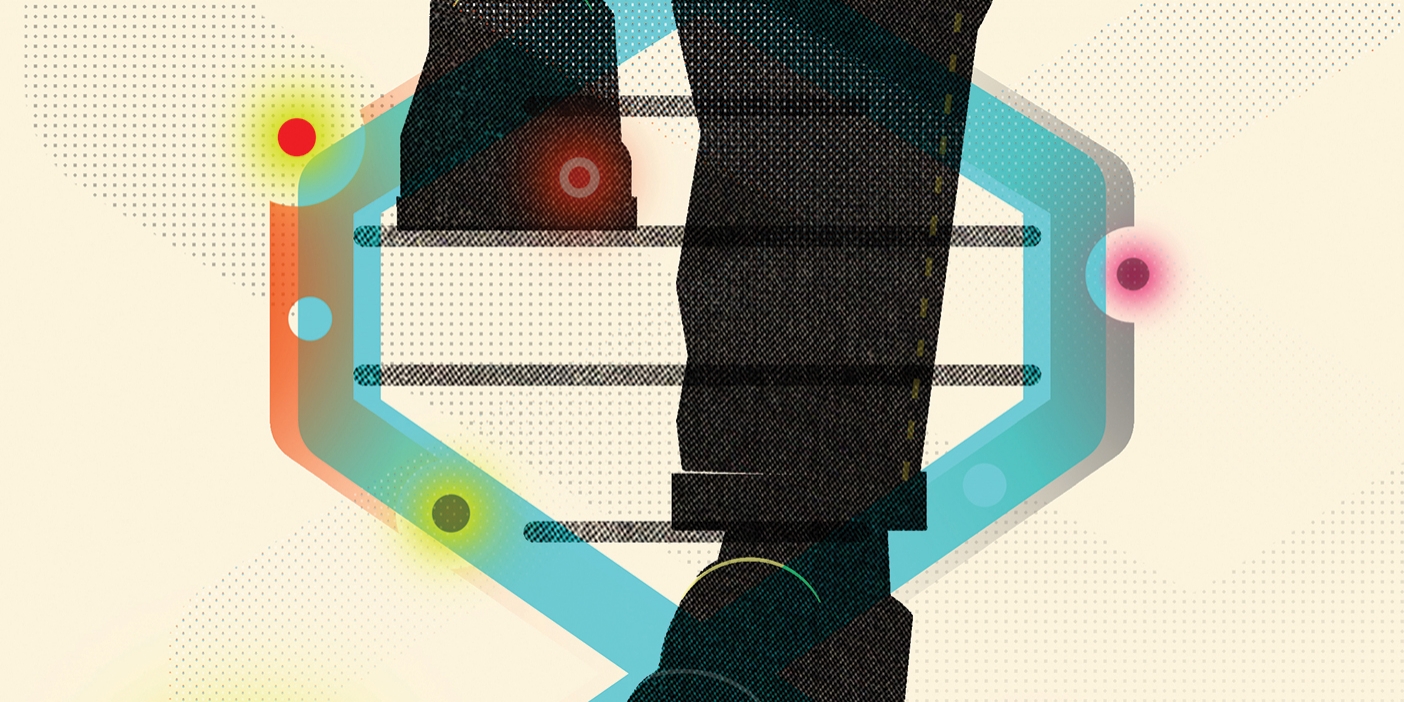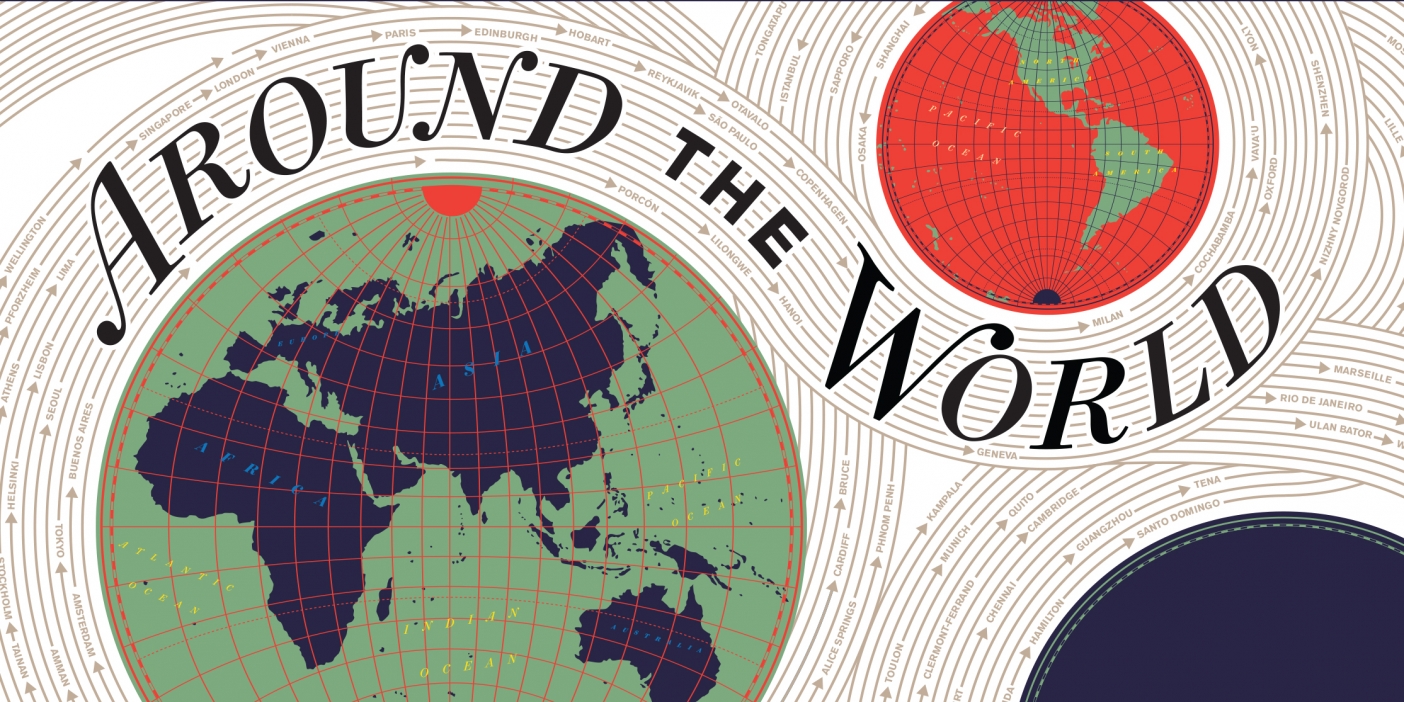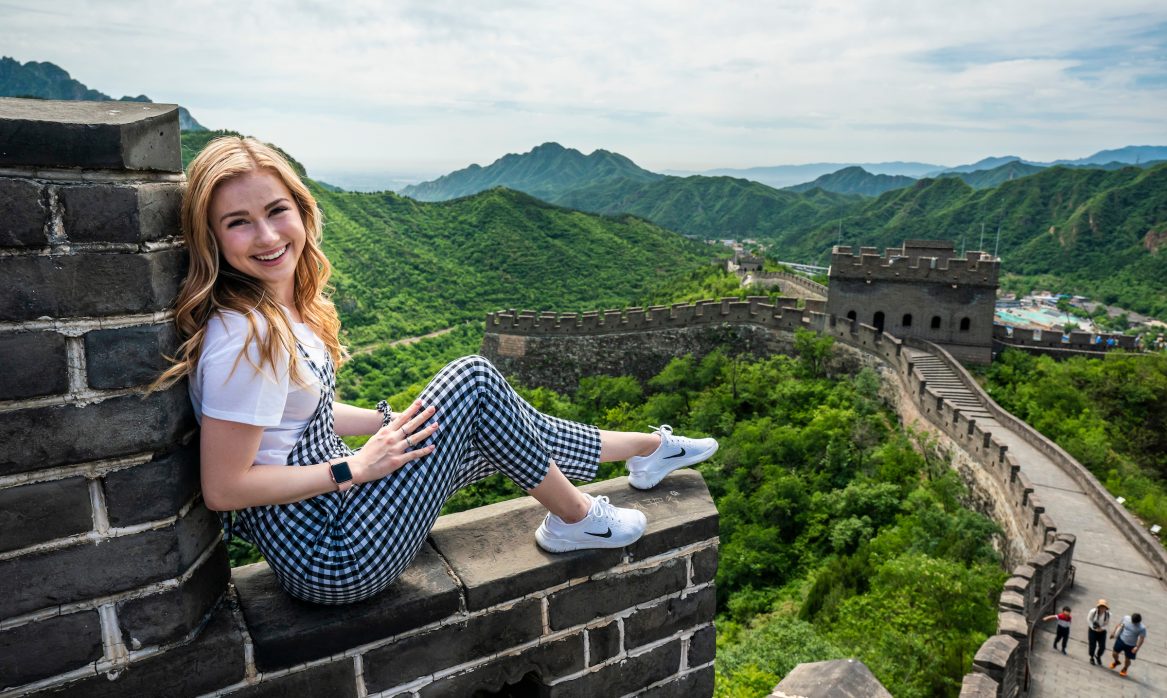World Views
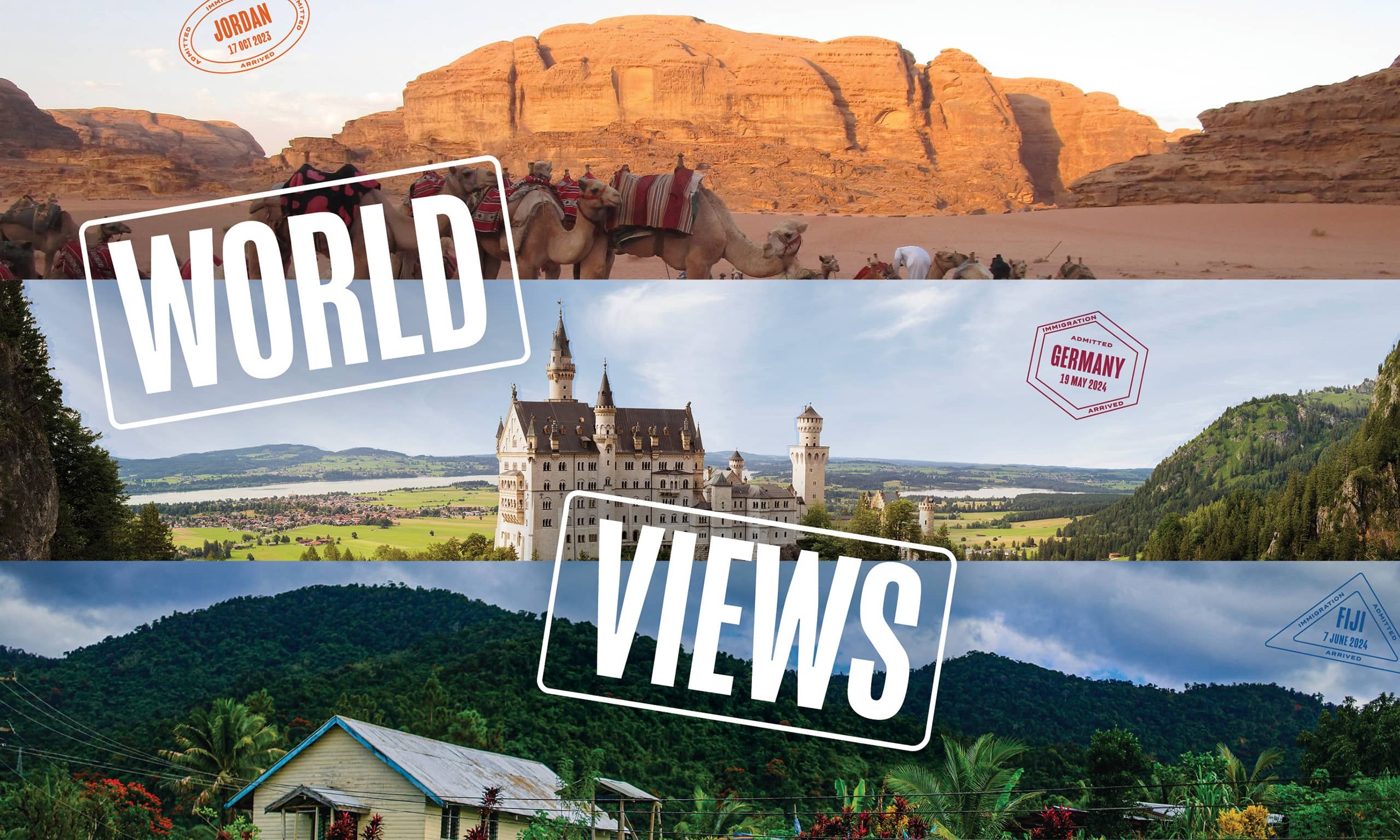
In their studies abroad BYU students are packing home new perspectives and lifelong memories.
In the Fall 2024 Issue
With the world as their campus, BYU students have been stuffing their suitcases, journals, and memories with takeaways from their educational journeys abroad for nearly 60 years. And now, in its most recent Open Doors Report, the Institute of International Education has named BYU the No. 1 US college for sending students abroad.
From enlivening Austrian hills with music on BYU’s first official study abroad (Salzburg in 1965) to praying for peace at Jerusalem’s Western Wall to studying public health on the streets of Rio to walking the woods of Wordsworth, BYU students scatter to the four corners of the world for more than 200 experiences—including international-study programs, internships, field studies, and performance tours. And with Global Opportunity Scholarships and other experiential-learning funding available, more students than ever can afford to study abroad. In 2024 more than 800 students received help through the Kennedy Center and its International Study Programs office.
“These learning experiences bring global awareness, cultural competence, and language and area studies expertise,” says Kennedy Center associate director Cory W. Leonard (BA ’95). “And they make a difference in students’ academic, professional, and personal lives.”
In the six stories that follow, students share mental, moral, and spiritual “souvenirs” they have taken home from a recent experience abroad.
Fiji Cultural Immersion in Village Life
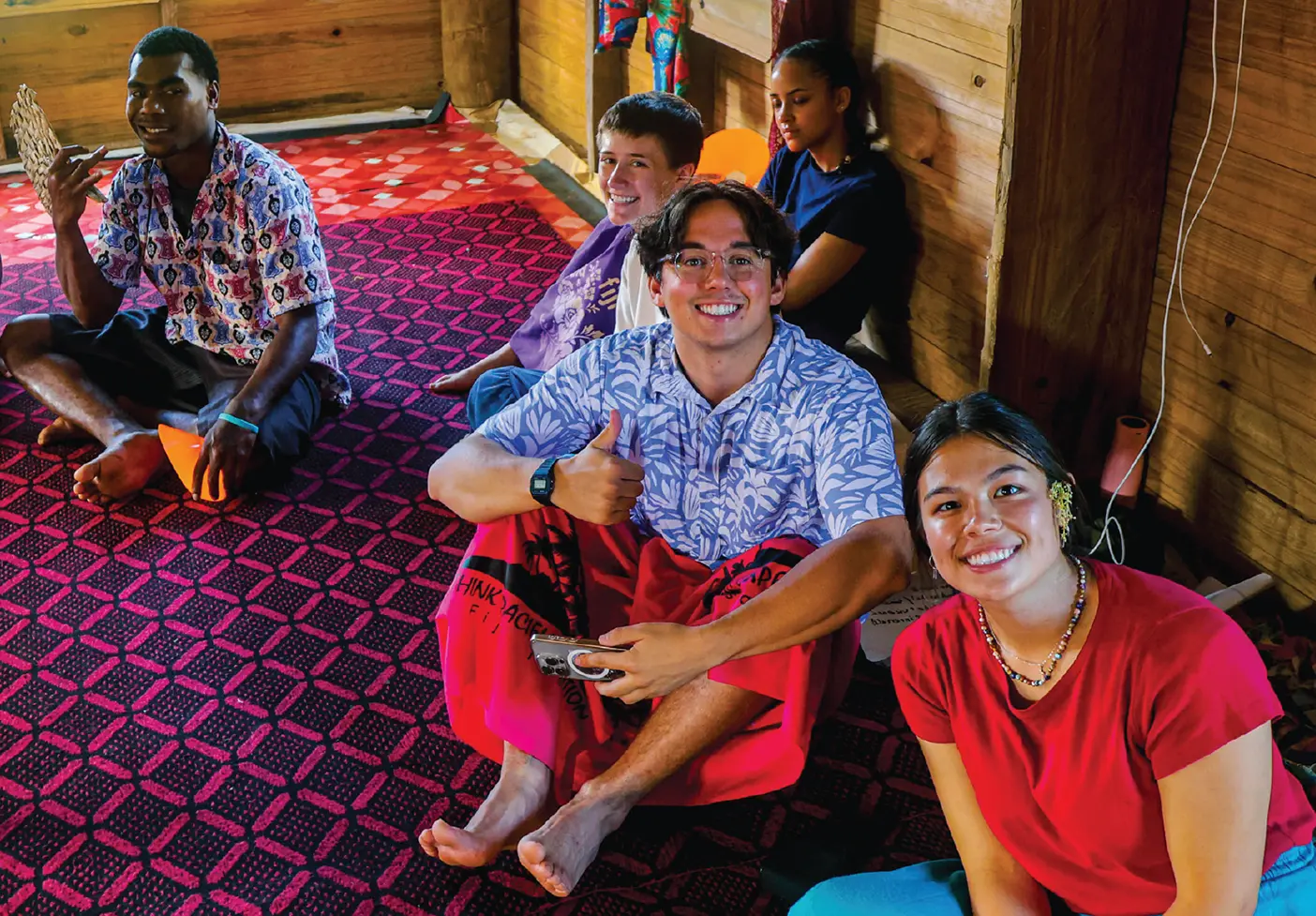
The Simple Life

By Sara Smith Atwood (BA ’10, MA ’15)
In the isolated Fiji village of Waibalavu, the land gives freely. Sugarcane and coconuts grow wild; cava root, pineapple, potato, yam, and more are cultivated and shared among the villagers.
“They may not have a lot of things that we do,” says global-health major Zachary T. Napierski (’25)—reliable Wi-Fi and warm showers are what he missed the most on the monthlong Fiji Cultural Immersion in Village Life internship in August. “But in their perspective, they are the lucky ones.”
Napierski recalls hiking six humid miles to visit their fields and learn farming techniques. “That’s a shame you have to go to grocery stores, that you have to pay for food,” he was told.
The internship is run by Think Pacific, a group that brings college students to live and serve in remote South Pacific villages. “We stayed in humble, tin-roof homes,” says Napierski. Every morning his host family would call to him and his roommate, a student from England, from the other side of their cloth-partitioned room to join them for breakfast. When he got sick, he recalls feeling the light of Christ as the family lovingly tended to him.

Napierski spent mornings leading discussions with local young adults on topics identified by the Fijian government—including mental health, climate, and sports. In the afternoon the foreign students were taught about village art, culture, dance, and tradition.
“It’s an intense experience,” says faculty advisor Randy M. Page (BS ’79, MHE ’80). “The students live a subsistence lifestyle. But because it’s so challenging, I think there’s a high reward.”
The immersion into village life rivaled what Napierski experienced as a missionary in Peru. “The villagers’ lives are so simple, but they are truly happy.” With his comforts stripped away, Napierski realized what brought the villagers joy: family, service, and faith. Even when family members lived in cities hours away, they came home weekly to visit. Host families sacrificed to love and care for their guests. Sabbaths were observed with exactness.
“When I came home I decided to make my life more simple by focusing less on busyness and more on connection, relationships, and faith.”
Light and Truth
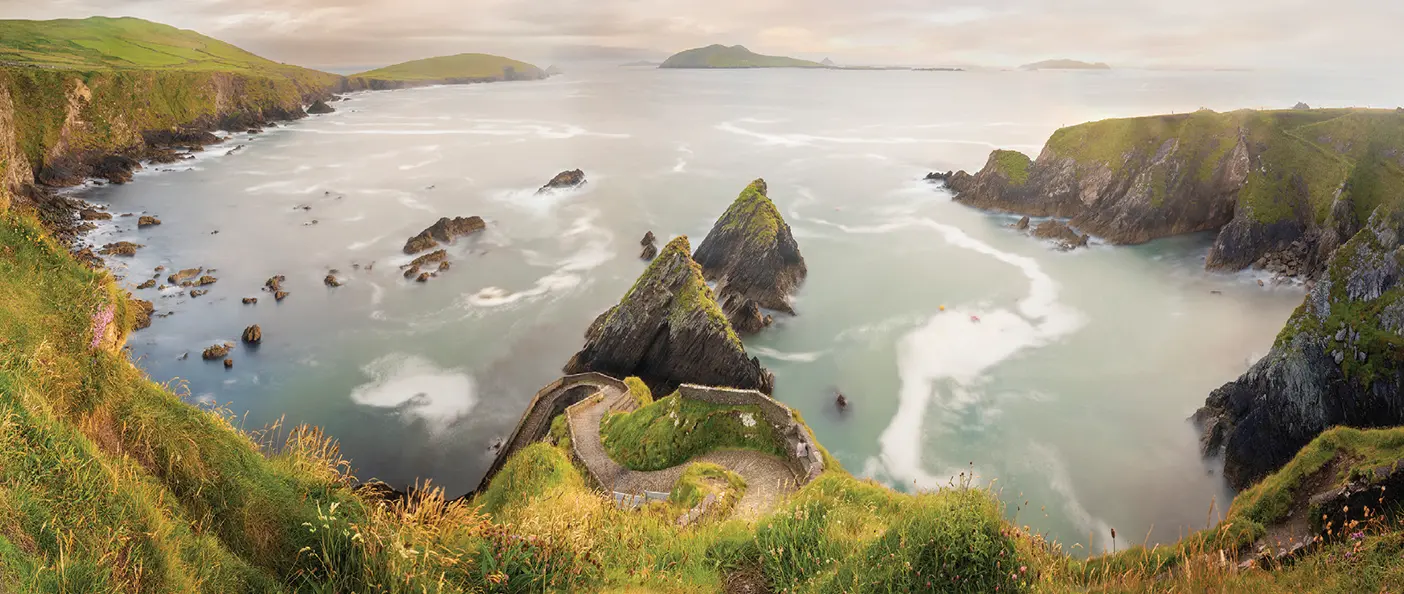
Into the Sunlight
By Sara Smith Atwood (BA ’10, MA ’15)
Gloomy rain on the Irish coast wasn’t unusual or unexpected. But after an hours-long bus ride to take photos in a small town called Dingle, the unrelenting skies dampened the skin and spirits of Kaelyn S. Knapp (’26) and her classmates.

As part of the Light and Truth study-abroad program, led by religious-education dean Scott C. Esplin (MEd ’01, PhD ’06) and photography professor Paul S. Adams (BFA ’94), the students first visited locations across the British Isles. They learned about the Restoration’s earliest missionaries and converts while photographing striking landscapes—seeking literal and spiritual light where many of their ancestors first heard the restored gospel. The trip then led them from the United Kingdom into Venice and the Swiss, French, and Italian Alps.
“They’re learning about the light of the gospel and the light of photography together,” says Adams.
Knapp wasn’t a photography major—she signed up for the adventure of hiking through Europe while learning how to use her camera and fulfilling her Church-history credits. But heading into the trip her mind and spirit felt as clouded as the Irish skies. “Some really dark, sad stuff was happening in my life that was really confusing and isolating,” Knapp says. “My trust in God was starting to dwindle.”
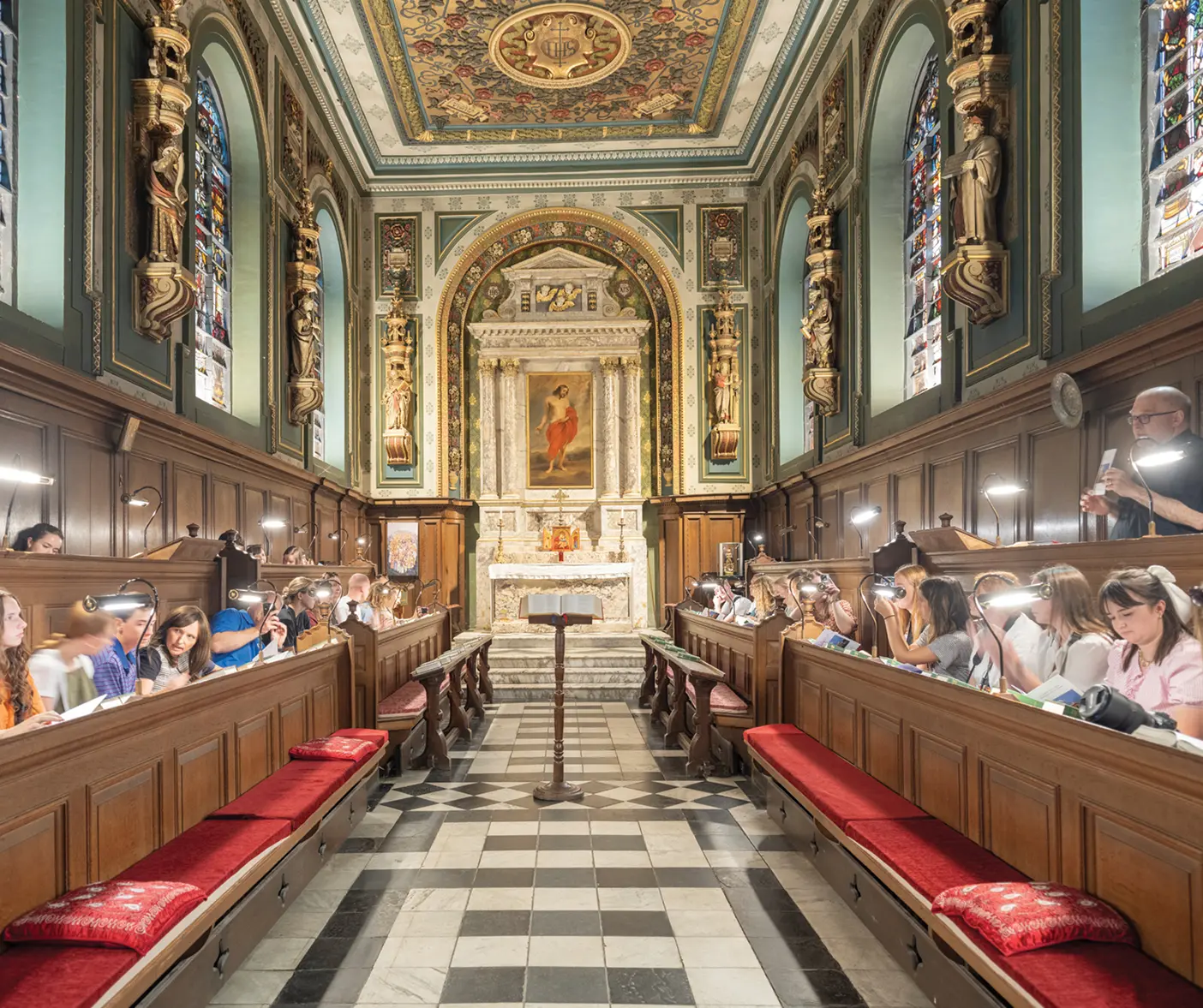
After spending a few soggy hours in Dingle, the students took a bus to the Dingle Peninsula, known for breathtaking views of rugged seascapes. While they doubted there would be much light for photography in the gray weather, Adams encouraged them: “You never know what you’ll miss if you don’t show up.”
“We had been cold all day,” Knapp says. “We were just praying in our hearts for something beautiful.” The bus drove on a nerve-rackingly narrow road next to a steep oceanside cliff. Then suddenly, “we see the clouds part,” remembers Knapp. “We pull in, and the sun is shining.”
Her classmates grabbed their cameras to capture a stunning sunset over the cliffs while Knapp soaked in the sun—and felt the love of God glowing in her heart. “It was such a beautiful reminder that God is in the details,” she says. “It was so healing for me. The sun is so much brighter and sweeter—and you feel so much more grateful for it—when you know how cold the rain is.”
Jordan Intensive Arabic
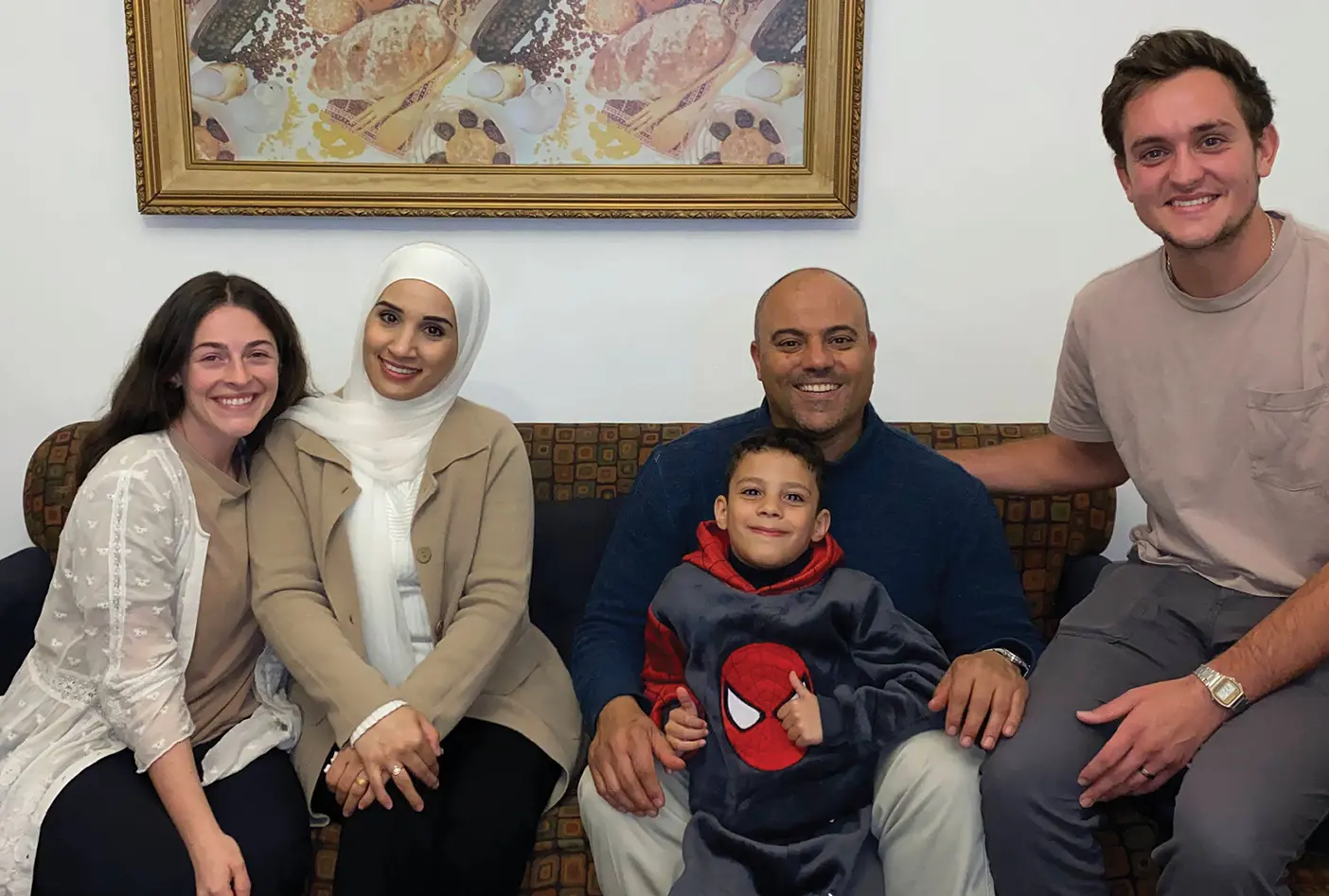
Meeting Family
By Peter B. Gardner (BA ’98, MA ’04, MBA ’22)

During her four months in fall 2023 refining her Arabic in Amman, Jordan, Sydney J. Schmidt (’25) and her husband, Spencer A. Shields (’25), got a lot of dinner invites.
Like the time she struck up a conversation in Arabic with her taxi driver, Mohammad, asking for bargaining tips at the market. Taken aback by her Arabic proficiency, he counseled her, “Don’t let them push you around.” And then he added, “Please, you must come to my home and meet my family.” And so, over a massive platter of mansaf, the Jordanian national dish, Sydney and Spencer met Mohammad’s family. At subsequent meals they met cousins, aunts and uncles, and grandma.

With a BYU requirement to speak Arabic with locals for two hours each day, Schmidt ventured into conversations everywhere—on the bus, in parks, on the roadside. Along the way she found familiarity in a people so culturally different from her, and soon the portrayals she’d learned from the media melted away. “As I put myself in that position to learn the language and to meet people, my heart was opened in ways that I just couldn’t have planned.”
One such meeting came on a street corner, where Schmidt surprised a man and his son with her Arabic. “His jaw dropped,” she recalls. And he laughed—an American speaking fluent Arabic was the most unexpected thing he could imagine. “You must meet my family.”
And so began a friendship with Ali; his wife, Dilal; and their three children. After several visits, Dilal invited Schmidt to spend a day at her home—just the two of them. Without their husbands around, Dilal removed her hijab as they ate and laughed, looked at family photos and told stories, and shared their feelings about God and love and dreams. An aspiring cosmetologist, Dilal did Schmidt’s makeup and hair.
“After I left and was walking home, I thanked God for the opportunity to get to know such a beautiful soul,” says Schmidt. “In that moment I felt God’s overwhelming love for her and for me. We felt like long-lost sisters finally reunited.”
What did Schmidt bring home? A new understanding of herself and others. “It was like the whole experience was God saying, ‘These are my people too. Learn to love them, and share their goodness when you go back home.’”
Build and Ride a Bike in Europe
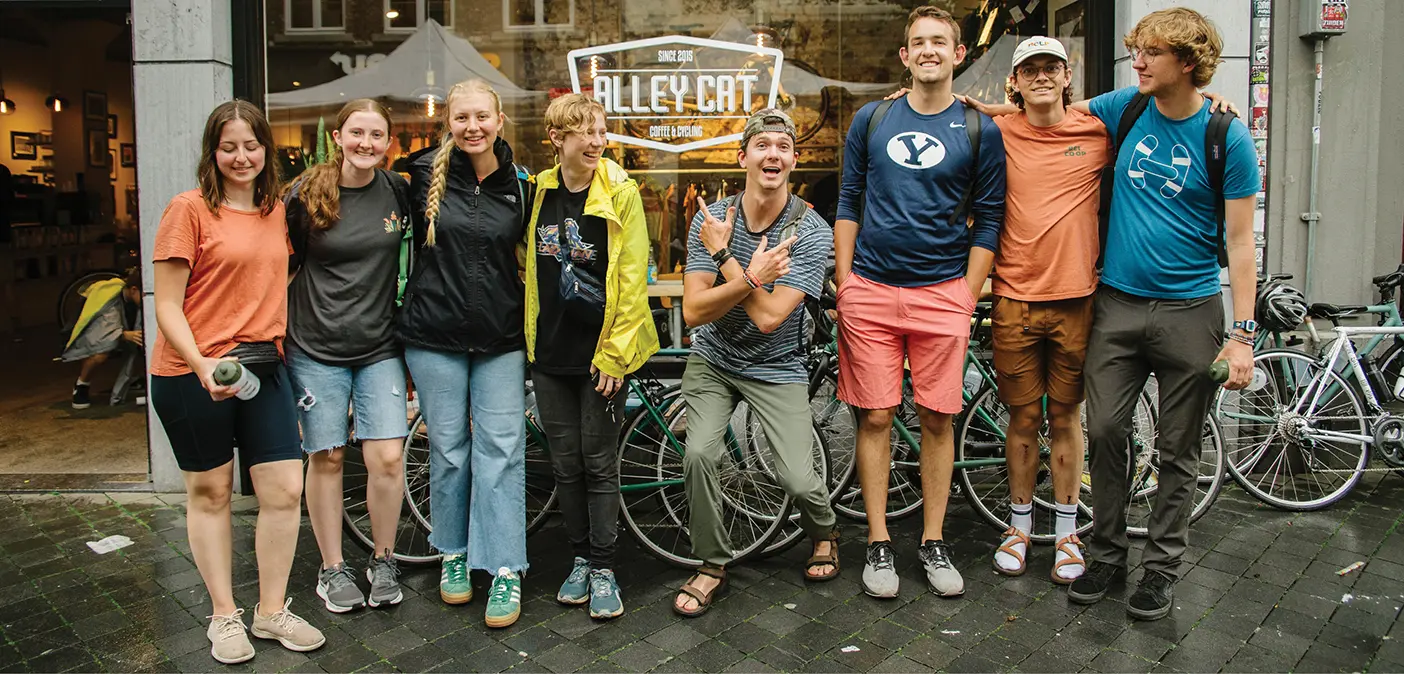
Frame of Mind
By Brooklyn Hughes Roemer (BA ’22)


Bobbing through the rolling green hills of Europe, BYU students pedal 10 new bicycles. Each bike, custom-made by its rider in a high-end London bike shop, was cut, brazed, tuned, and painted—all in just five days. “We were putting in the hours,” says Alex Gillen (’26), who spent 14 hours one day working on his bike.
Gillen—a major in information systems, not engineering—was skeptical about learning to build a bike. “No part of me ever thought that I would just casually learn welding in an afternoon,” he remarks. “But it’s totally all attainable.” Faculty advisor and engineering professor Geoffrey A. Wright (BA ’02, PhD ’08) says the trip is open to all. “Because we have God’s DNA in us,” he says, “we’re makers.”
Once Gillen and the other students finished their bikes, they decided to ride them back to their hotel rather than take public transit. They put the address into the maps app and started the 15-mile ride back. “We were riding, and it was like, ‘Take a left.’ And we just take a left and we look up and we see Big Ben,” recalls Gillen. He remembers his vivid excitement as they passed not only the famed clock tower but also Buckingham Palace, the London Eye, and other iconic London landmarks along the “fastest route” back. “Because you’re on a bike, . . . you’ve got the mobility, but you also have the intimacy of seeing everything in detail.”
By creating a bicycle from scratch, Gillen says he felt more connected with God. “You see all that He’s created, . . . and I just feel a lot more conscious of the world.”
Gillen brought his bike back to the States, disassembling and packing the frame and tires into a bike bag for the plane ride. “I’m training for a bike race . . . on my homemade bike,” he says. But along with his bike, Gillen brought home a new frame of mind: “The world is a lot more accessible than you think.”
Activity, Nutrition, Cuisine, and Culture in Italy
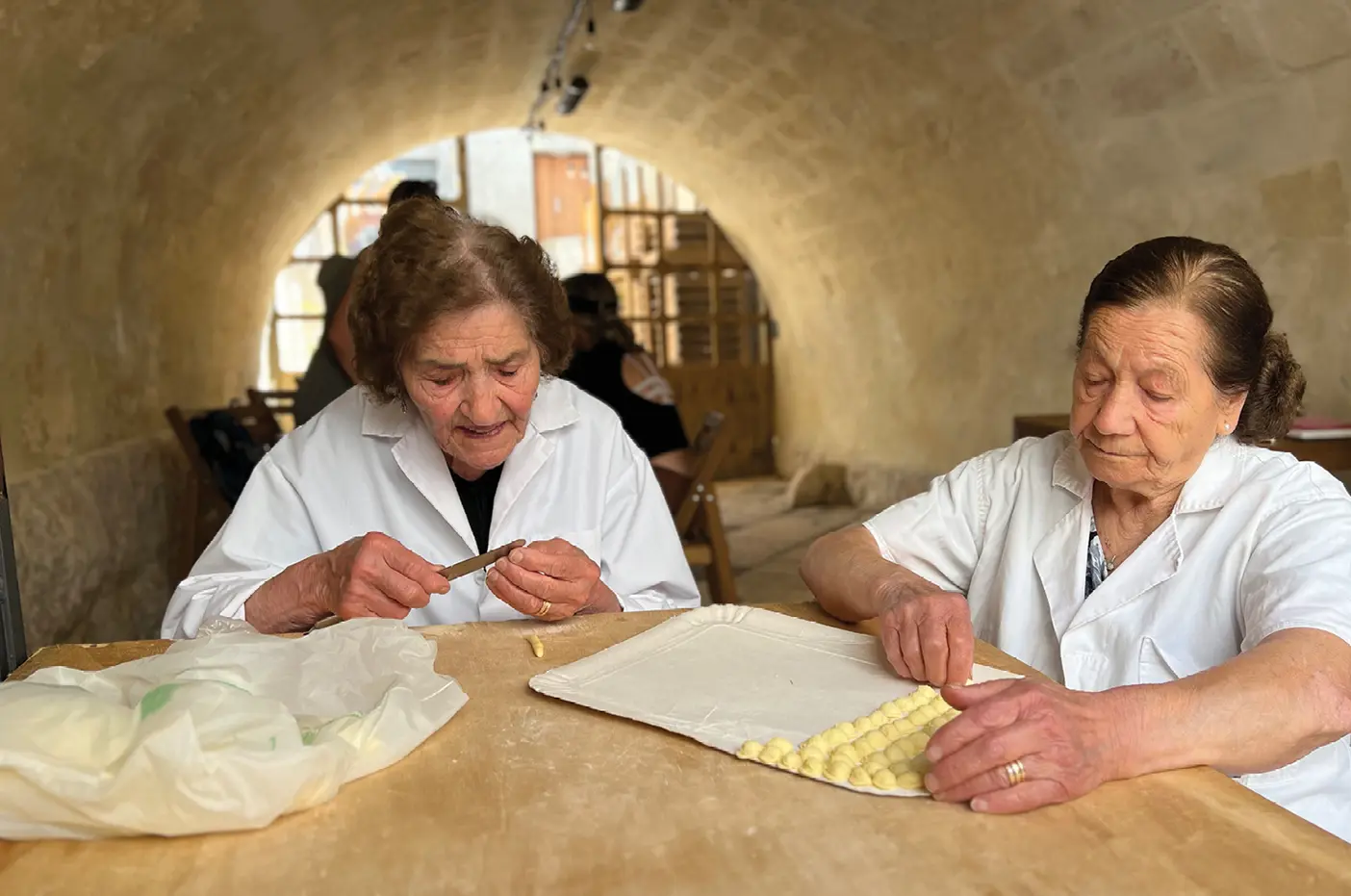
Feasting Like a Peasant
By Michael R. Walker (BA ’90)
Fresh off her study abroad to Italy, exercise and wellness junior Emily R. Knote (’26) summed up her trip on Instagram: “Three of my favorite lessons learned: 1. Italians have a lot of passion for what they do (iykyk), 2. A pre-dinner passeggiata is the best, and 3. Olive oil belongs on everything.”

While the trip was packed with food and art-museum visits, farm tours, cooking classes, and hiking through coastal villages and Tuscan alps, Knote’s top takeaway was that “slowing down and finding joy in the simple things should be part of everyday life.”
Knote learned that the Mediterranean diet is simply part of the lifestyle of Italian families: walking, gardening, cooking, and eating together. In Italy the 26 BYU students not only enjoyed local fare but also explored where it came from, including olive and lemon groves, prosciutto and Parmesan factories, even a water-buffalo dairy for fresh mozzarella.
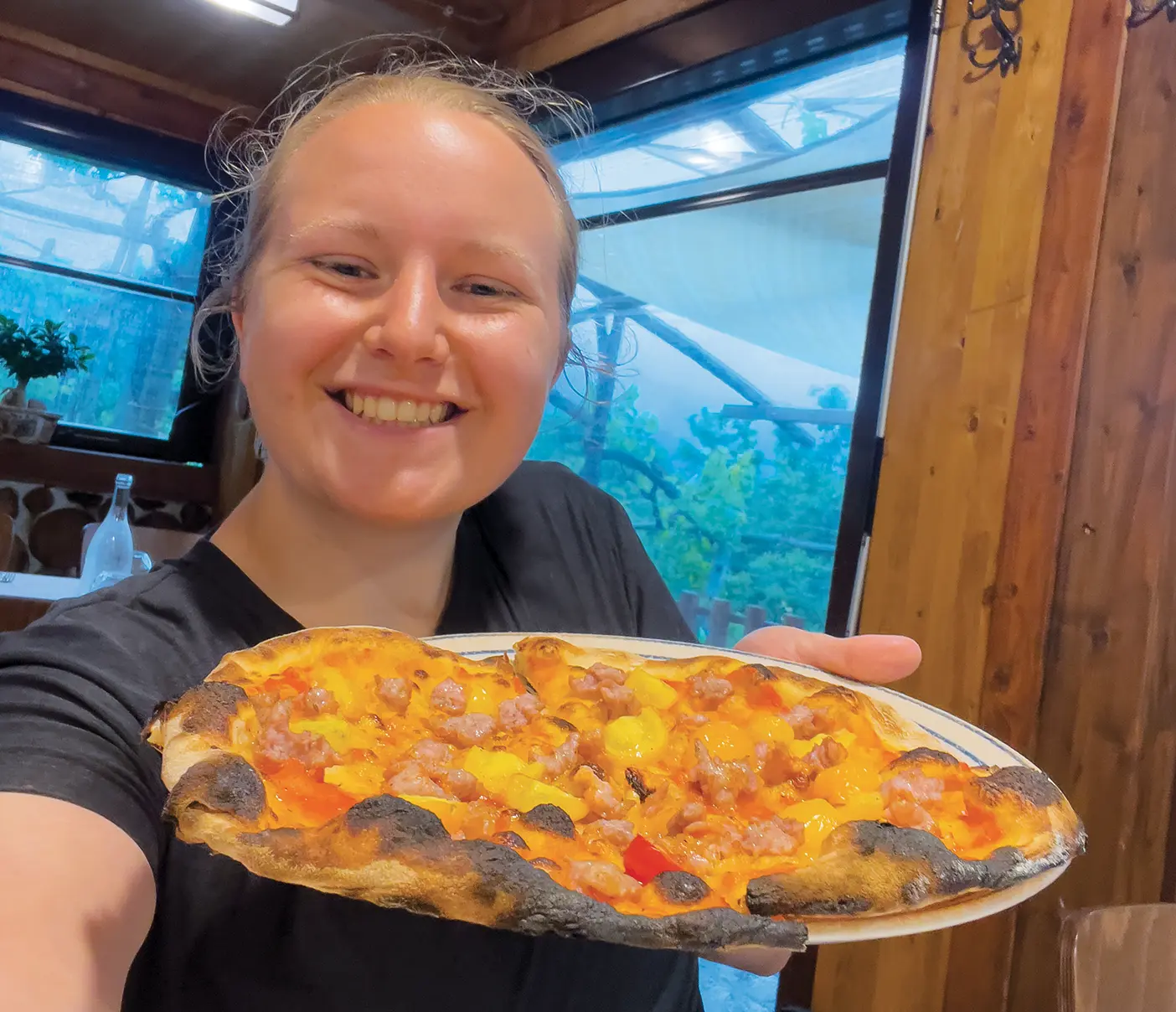
When the group visited the southern Italian city of Matera, a passionate local chef shared his history—and his city’s—with the BYU students. His restaurant focused on “peasant food”—fresh, locally available, less processed fare. According to James D. LeCheminant (BS ’99, MS ’01), faculty director of the program and chair of BYU’s Department of Nutrition, Dietetics, and Food Science, the chef’s “persistence to keep his restaurant open, to serve his customers, and his passion for providing traditional cuisine [were] inspiring.”
The sites and cuisine—including a supermoon-lit Venice and creamy seafood risotto—were the stuff of tourist dreams, but Knote says what she most enjoyed was interacting with Church members, Italian residents, and local guides: “You could just see the love that each person had for where they were from and what they do. And you could really just see how the light of Christ was shining brightly through people, . . . the light that they brought into our lives as we were with them and all that they shared with us.”
Whether it was being brave enough to try octopus, anchovies, green olives, and tripe or embracing the Italian tradition of taking a leisurely pre-dinner stroll, or passeggiata, in the plaza, Knote says, “Coming home from that different way of life, I realized that I want to take things slower, find joy in smaller things like going for a walk and making time to eat meals with friends.”
Camino de Santiago
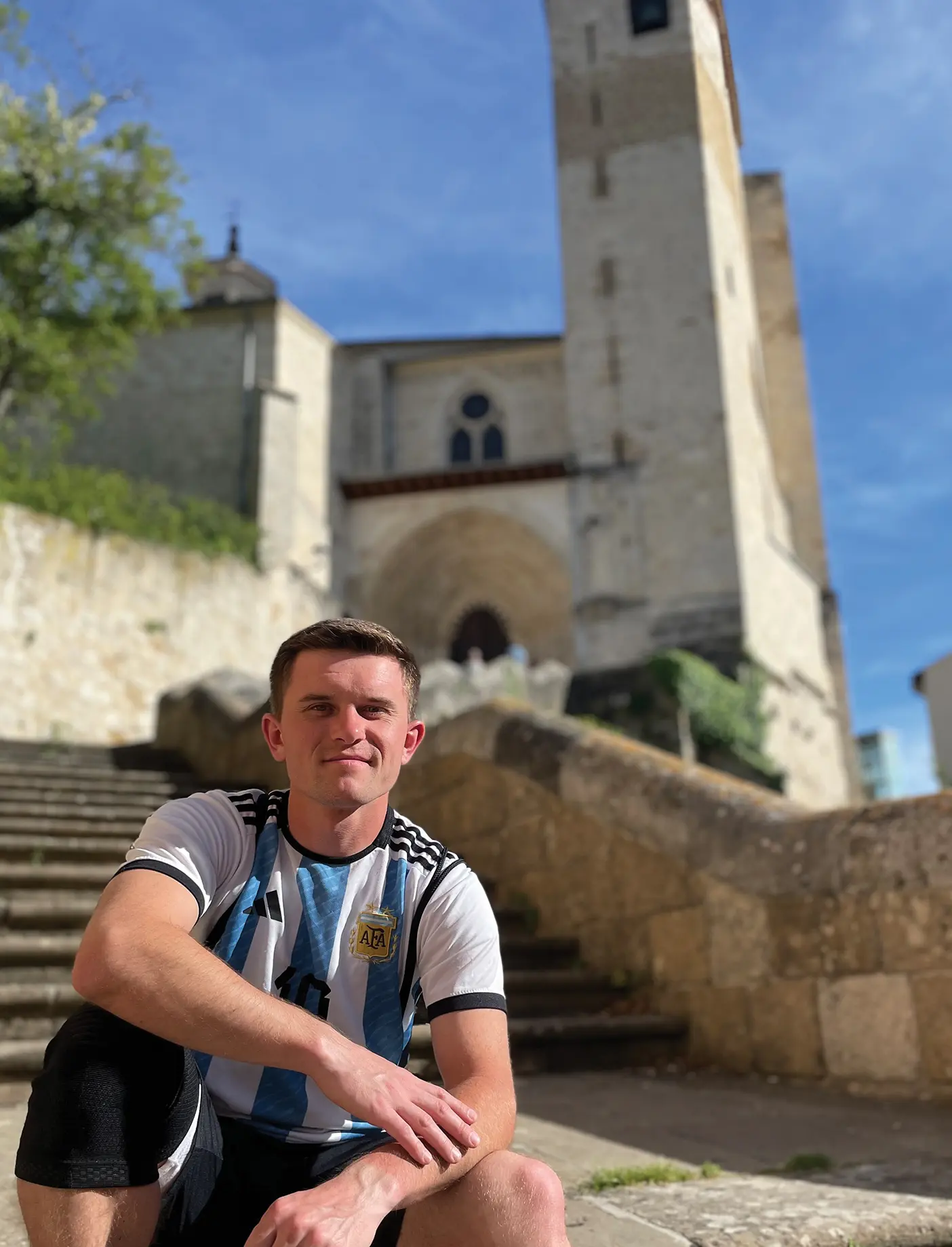
Holy Stillness
By Jedidiah A. Flores (’26)
For high-achieving history major Samuel R. Pratt (’24), silence is a space he’d normally fill with productivity and progress. He likes to stay busy. It was this internal drive that motivated him to walk the trails of the Camino de Santiago, leading him right into a lesson on the spiritual importance of silence.
The Camino de Santiago, translated as the Way of St. James, is a network of paths used by ancient pilgrims to reach the Cathedral of Santiago de Compostela in northwestern Spain, where the body of the Apostle St. James the Great is believed to be buried. This summer Pratt and fellow BYU study-abroad students joined hundreds of thousands of travelers from around the world to walk the 470 miles along the Camino Francés—the French Way—the most popular route. The students explored more than 2,000 years’ worth of Spanish history, religion, art, literature, and culture as the route dipped into rich landscapes, ancient Roman roads, and many medieval chapels and cathedrals.

At one small Catholic church at the edge of a little village, Pratt stopped to pray. The church was managed by a volunteer who, despite having to “deal” with all the tourists that swept in constantly from the trails, reached out to each guest with patience and love. Pratt was touched by the volunteer’s kindness. It was a peacefulness that matched the serenity of the church itself, a moment of stillness in the clamor of the tourists.
In the soft silence of the church and in the wake of the volunteer’s warmth, Pratt felt his body relax, his fiery ambition taking a deep breath and settling down to rest for a moment. As Pratt bowed his head to pray, the small voice of the Spirit drifted forward in the holy stillness. He says he felt closer to God than he ever had before. He could feel God’s love for the people visiting the church, and he felt love for them himself, a spiritual connection that transcended a difference of faith.
“I can find God in the people around me,” Pratt reflects. “My experience on the Camino de Santiago helped me to find peace and strengthened my relationship with God. In the silence I learned more about myself and God than [anywhere] else.”
A World Campus Map
“We consider study abroad to be an essential part of our mission,” says BYU Kennedy Center director V. Stanley Benfell (BA ’87). “We are devoted to understanding the world and to making it a better place, and there is . . . no better way to do these things than to go abroad and encounter some of the world’s richness and diversity.” In 2024 some 2,400 students went abroad for 148 programs—international-study programs (both general ed and specific to a major), intensive language study, internships, direct enrollment in foreign educational institutions, field schools, and other opportunities.
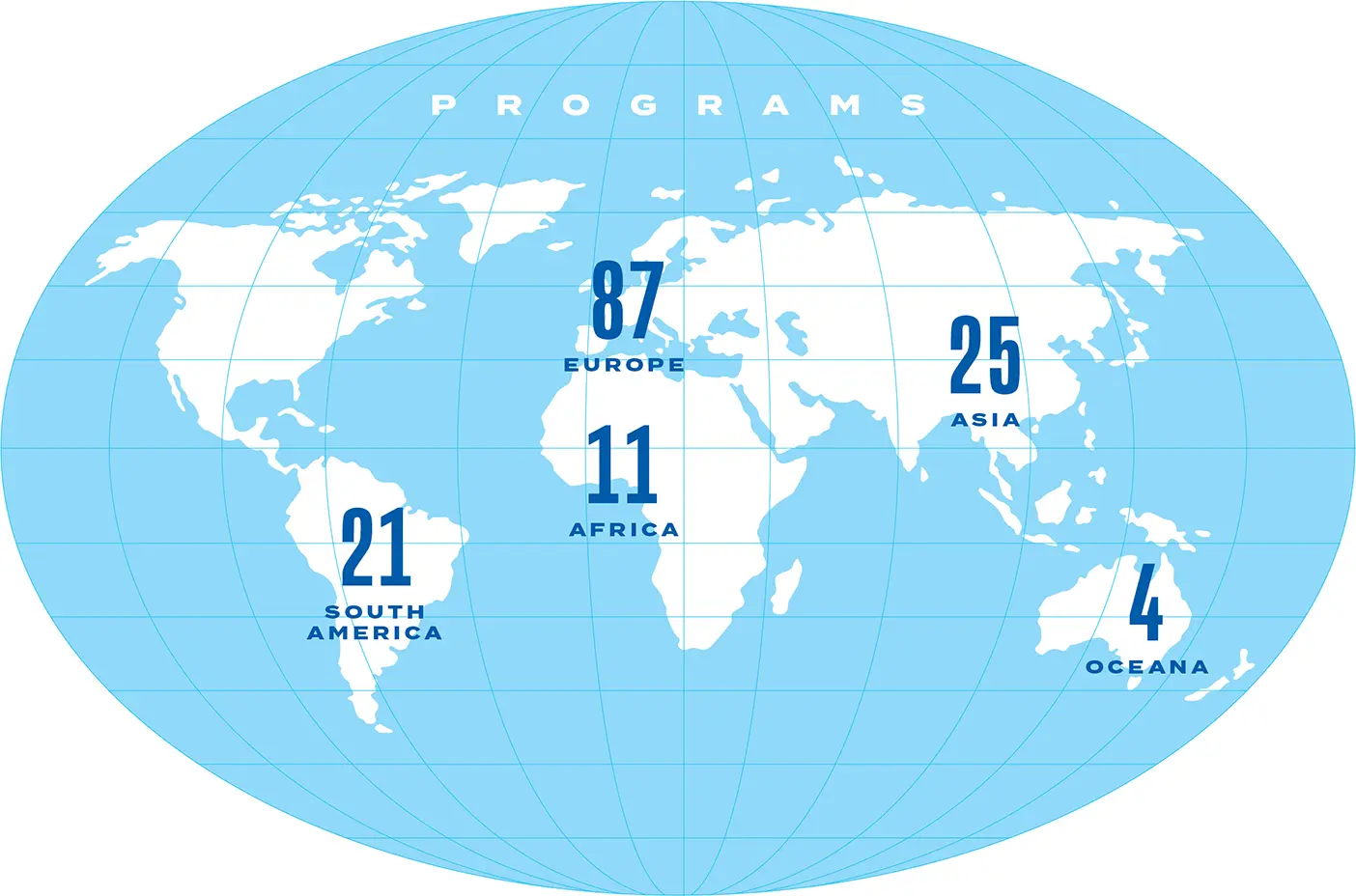
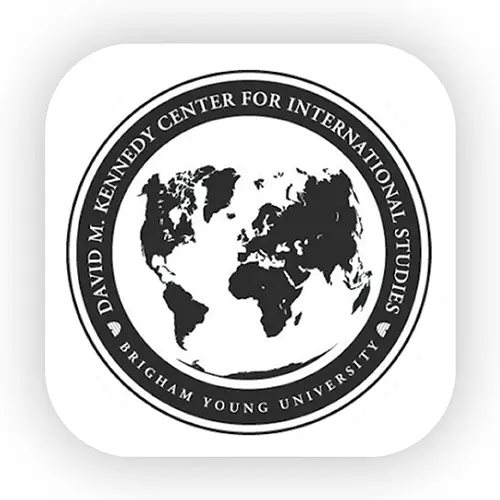
Take a Walk with the Kennedy Center
BYU Walks Abroad App
Interested in the sights and insights that BYU students take in as they traverse cobblestone streets and explore centuries-old structures? Or maybe you’ve purchased tickets for a dream trip to Europe and would like a knowledgeable guide. Download the BYU Walks Abroad app to take virtual strolls with BYU experts in four history-rich cities (Madrid, London, Paris, and Siena, Italy). If you’re on location, the app will alert you to significant structures around you and explain why they matter.
Feedback Send comments on this article to magazine@byu.edu.


